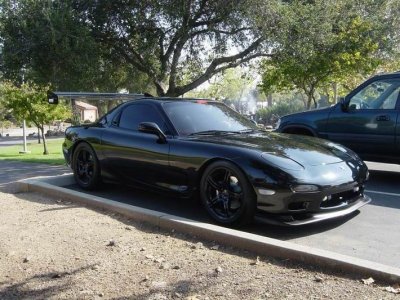Great find!Seems like your prayers have been answered. Check out Detlefs last post in the Procar specials thread:
http://www.nsxprime.com/forums/showpost.php?p=871224&postcount=645
Looks like he's got all versions there ever was of the R-wing and I dare to promise you - those aint replicas.
Yea, it even has the adjustable prototype R wing there too...
Look at the 3rd pic, see the sharp angle where the nicely curved underside of the wing sharply goes to a straight line to the top of the wing? =stall.
I guess thats settled then. Dali, Procar, Downforce, etc... all make proper replicas, and that's how Honda designed it...













